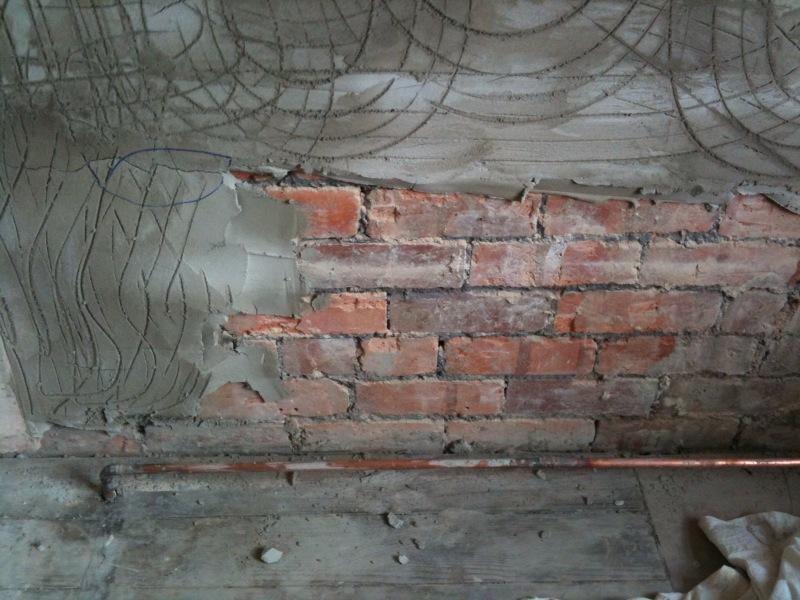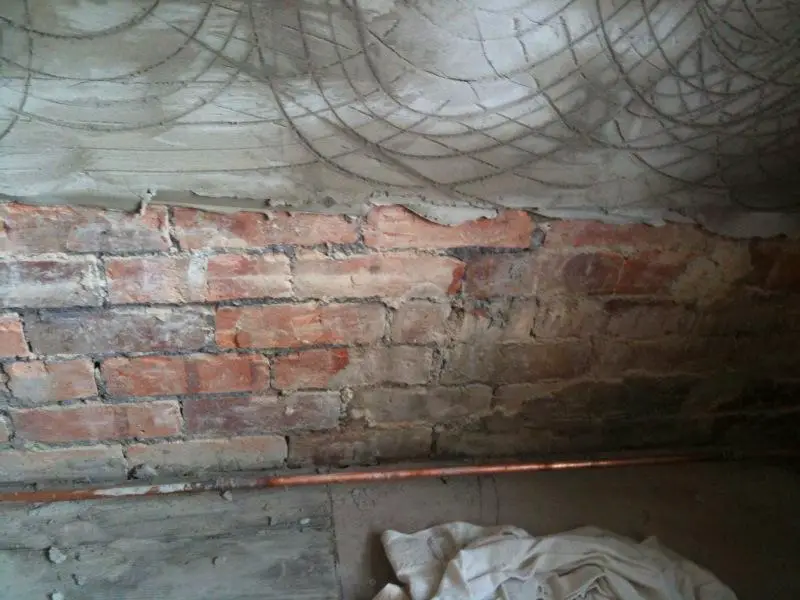It will get harder as it cures, but it will not adhere any better. If anything it will lift off the background as it dries.
So, get what you can off now. Those cracks are not hairline cracks I'm afraid.
I'm getting some very good advice here, thanks folks. I appreciate it.
I was tending towards the 'oh a few cracks aren't going to be a problem, it's probably sound' view. But it's looking like that's not the case and I have to face up to:
1. Telling the plasterer he's not getting paid. I'm hopeless at confrontation.
2. Deciding what to do next.
I'll take it off. I don't think it's going to be an issue, and if I get the chance to do it soon it should be relatively pain free.
In a former life I laboured for a plasterer for a year or so. Bought a float and hawk and did a bit. Never bother anymore cause I can't get a decent finish. And on the one occasion I tried sand and cement render thought - 'this is a bit tricky than browning'. As the whole lot fell off!!
But I wouldn't mind having a go at this wall if there is a decent alternative.
The background is red brickwork, 1920s semi so lime mortar (?). The brickwork is pretty sound. I want this to be as sound as a swimming pool, or the showers in a sports centre or something like that. In 50 years time I want my son to be lying in my £1000 bath and say to himself 'I'm glad dad made such a good job of this bathroom'.
So, for an dedicated amateur, who isn't a complete beginner, is there a material which can provide the strength, durability and water resistance of s/c, but is a bit easier to handle? I'm fine at lining up battens and so on.
I'm not intending to put heavy marble tiles on or anything like that. Just average 20x20 ceramics or something. There isn't, and won't be, any pipework hidden behind the tiles. It's a deck mounted bath/shower mixer, so not too many fixings, just a shower riser.
Any advice gratefully received.



